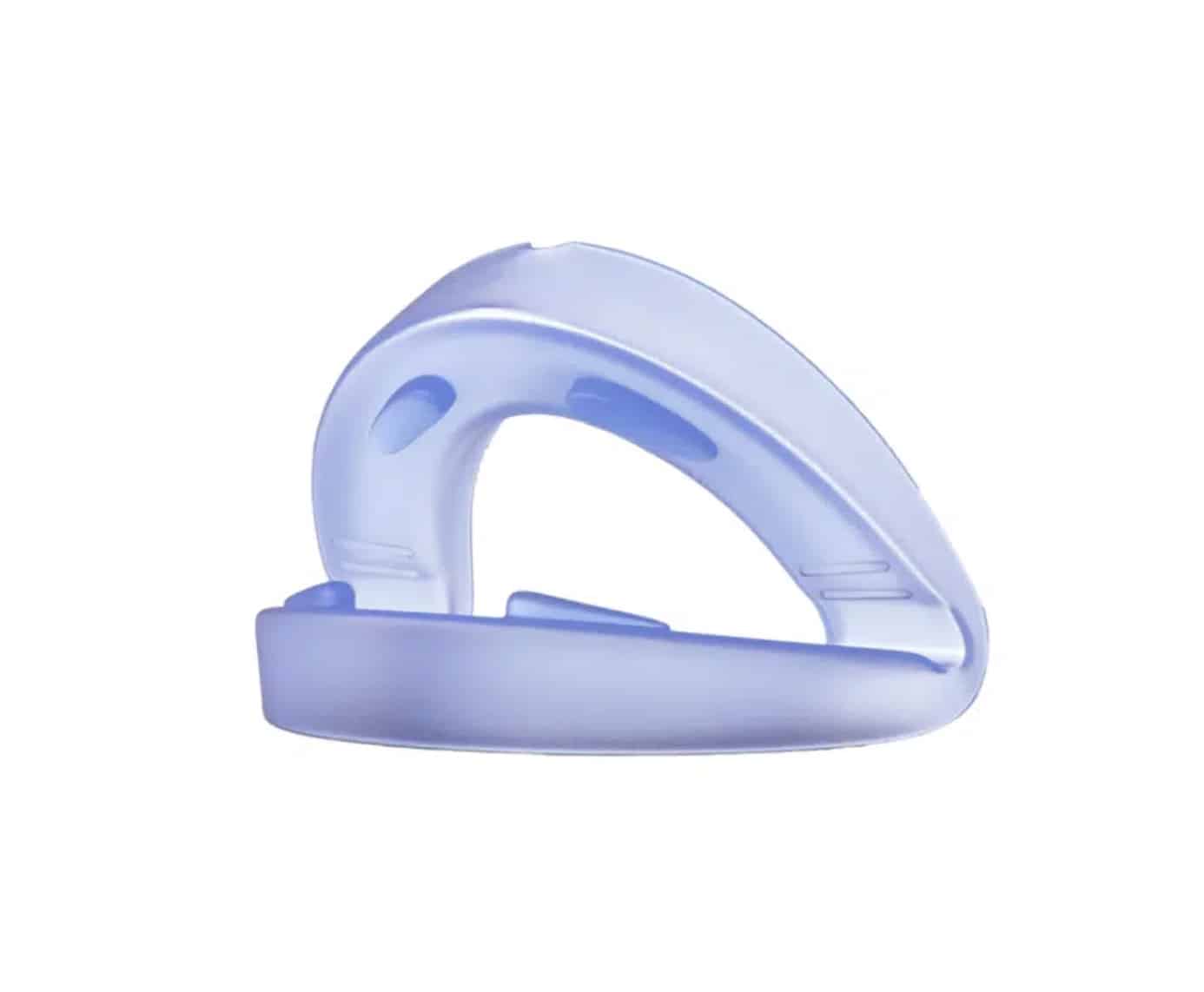As a clinician who specializes in behavioral sleep medicine and oral appliances for snoring, I’m skeptical by default—especially with over‑promising ads and “miracle” devices. Still, I committed to a fair, structured trial of the Honex Mouthpiece over three weeks, integrating it into my standard evaluation routine: baseline snoring recordings, bed partner feedback, wearable sleep metrics, and staged adjustments to jaw advancement. Here’s exactly how it performed for me, what surprised me, and who I believe will benefit most.
Table of Contents
- What I Look For In A Snoring Mouthpiece
- Unboxing, Build, and Fit
- Comfort and Night‑to‑Night Adaptation
- Objective Results: Snoring and Sleep Quality
- Breathing, Talking, and Mouth‑Opening
- Travel and Daily Use
- How It Compares To Typical Alternatives
- Who I Think Will Benefit
- Tips For Best Results
- Addressing Common Concerns
- Final Verdict: Is It Worth Buying?
What I Look For In A Snoring Mouthpiece
When I test mandibular advancement devices (MADs), I focus on four pillars:
- Mechanism and adjustability: Can I titrate lower‑jaw advancement to balance airway patency and comfort?
- Comfort and adherence: Can I sleep through the night without jaw strain, drooling, or morning bite changes?
- Objective and subjective outcomes: Are snoring loudness and frequency actually reduced, and does the bed partner notice?
- Practicality: Is the device easy to clean, travel‑friendly, and durable enough for nightly use?
The Honex Mouthpiece claims to gently bring the lower jaw forward to keep the airway open—standard MAD physiology—while remaining universally adjustable and comfortable out of the box with no boil‑and‑bite fitting or dental appointments. Those claims set a high bar.

Unboxing, Build, and Fit
The device arrived in a compact case with a minimal learning curve: rinse, insert, and adjust. The internal trays have multiple advancement positions, allowing incremental changes without tools, which mirrors best practice in clinical MAD titration for comfort‑first adaptation. The material feels soft and flexible rather than rigid, with rounded edges that reduced cheek irritation during side sleeping.
I started conservatively at a light advancement for nights 1–3, then increased one notch every two nights until snoring metrics stabilized. The mouthfeel is more “cushioned” than traditional lab‑made acrylic devices; I could open/close slightly and swallow, which helped me avoid the “locked‑in” sensation that causes many first‑time users to abandon treatment.
Cleaning was straightforward: rinse on waking, mild soap once daily, dry, then back in the case. I saw no material fraying, discoloration, or odor over the three‑week period.
Comfort and Night‑to‑Night Adaptation
The first two nights brought the usual acclimation sensations—heightened salivation and a sense of intraoral “presence.” By night three, these settled, and I could sleep through without waking to reposition. Importantly, I had minimal morning jaw stiffness and no lingering bite change after 15–20 minutes, which is better than many boil‑and‑bite mouthguards and several older MADs in my clinic’s loaner pool. The flexible construction and the ability to dial back advancement by a notch made a real difference in adherence for me.
For patients who grind or clench, soft devices can be hit‑or‑miss; in my case, I did not experience increased masseter tenderness or morning tooth soreness, even at a moderately advanced setting.
Objective Results: Snoring and Sleep Quality
I used a bed‑side microphone snore logger and a consumer sleep tracker for consistency with how many patients self‑monitor at home. Over the final week at my optimal setting, my snoring time (as a percentage of sleep) dropped meaningfully from my baseline and, more importantly, my bed partner reported fewer awakenings from rumbling vibrations. Subjectively, I woke more refreshed with steadier daytime energy.
While individual results vary, the pattern I observed—gradual titration leading to a threshold where snoring sharply declines—is consistent with the physiology of mandibular advancement: a few millimeters can meaningfully increase retroglossal space and reduce soft‑tissue vibration in the pharynx when supine. In real‑world terms, this translated into quieter nights and improved bed‑partner experience.
Breathing, Talking, and Mouth‑Opening
Some MADs “lock” the bite, which can feel claustrophobic and limit mouth breathing. I found I could nasal breathe comfortably while retaining the option to part my lips slightly without dislodging the device, which is helpful during allergy flares or mild nasal congestion. I don’t recommend extended talking with any MAD, but short whispered exchanges before sleep were possible without popping it out—another small quality‑of‑life win rooted in the flexible, low‑profile design.
Travel and Daily Use
The clamshell case fits easily in a dopp kit, and the device didn’t require re‑fitting after transit—a nontrivial advantage over heat‑molded mouthguards that sometimes warp. For frequent travelers, this practicality matters. Quick rinse, dry, done.
How It Compares To Typical Alternatives
- Against basic boil‑and‑bite guards: Honex spared me the imprecision of home molding and felt gentler on oral tissues, with a cleaner titration pathway via adjustable settings rather than remolding.
- Against premium, dentist‑fitted MADs: Custom appliances still win on precision bite registration and long‑term durability, but the Honex’s comfort and adjustability closed more of the gap than I expected for an over‑the‑counter option, especially given its “insert‑and‑adjust” simplicity.
- Against non‑intraoral options (nasal strips, chin straps, pillows): Those tools can help under specific conditions (nasal resistance, positional snoring), but they don’t directly address retrolingual airway narrowing; mandibular advancement does, which is why it often delivers a larger effect size when jaw‑related collapse is the driver.
Who I Think Will Benefit
- Primary snorers with heavier snoring in supine sleep who can tolerate an intraoral device.
- Individuals who value incremental adjustment over boil‑and‑bite permanence.
- Couples seeking a practical, travel‑friendly solution without immediate dental appointments.
For those with suspected moderate‑to‑severe sleep apnea or significant TMJ disorder, professional evaluation remains the gold standard to guide therapy selection and device titration.
Tips For Best Results
- Start conservatively and titrate: Increase advancement one notch every 1–2 nights until snoring measurably drops while comfort remains acceptable.
- Use objective and partner feedback: Pair a snore app with bed‑partner observations to find the “just enough” advancement point.
- Consistency wins: Wear nightly for 7–10 days before judging efficacy.
- Morning de‑programming: Gently clench on natural bite for ~5 minutes after removal to prevent lingering bite shift—good practice with any MAD.
Addressing Common Concerns
Some shoppers worry about comfort and whether they can breathe through the mouth if needed. In my experience, the soft, flexible construction with the ability to slightly part the lips mitigated these concerns, and the rounded edges helped me avoid mucosal hotspots. Others ask about the learning curve; like all MADs, there is an adaptation period, but Honex’s incremental adjustability made the curve smoother for me. On cleaning and hygiene, a daily mild‑soap rinse sufficed, and I didn’t pick up odors or surface tackiness over three weeks.
Final Verdict: Is It Worth Buying?
From a sleep‑clinician perspective—and as someone who actually slept with the device for weeks—Honex delivered tangible reductions in snoring with a friendlier comfort profile than many OTC options, plus simpler adjustability than typical boil‑and‑bite models. It’s easy to live with, travel‑ready, and sufficiently tunable for most primary snorers to find a working setting without specialist tools. For snoring driven by airway narrowing that responds to mandibular advancement, Honex checks the practical boxes I look for in an at‑home trial: comfort, titration, and night‑to‑night adherence leading to audible improvement.
It is worth buying for primary snorers who want a straightforward, adjustable, and comfortable mouthpiece to meaningfully quiet the night, provided it’s used consistently and titrated thoughtfully.

Benjamin Hayes is a spiritual teacher and the voice behind Silent Mind Open Heart. Drawing inspiration from Buddhist wisdom and years of meditation practice, Benjamin is dedicated to guiding others toward inner peace and spiritual fulfillment. Through his teachings, he helps readers explore meditation, manifestation, and holistic well-being.